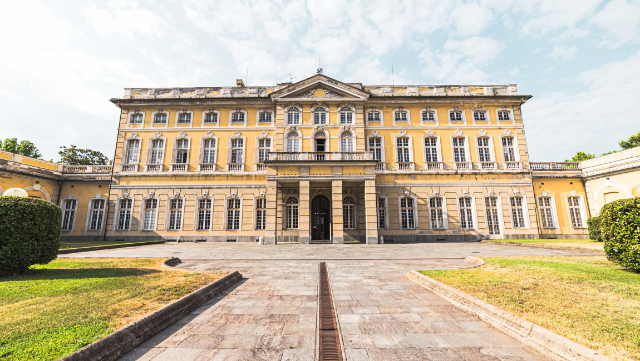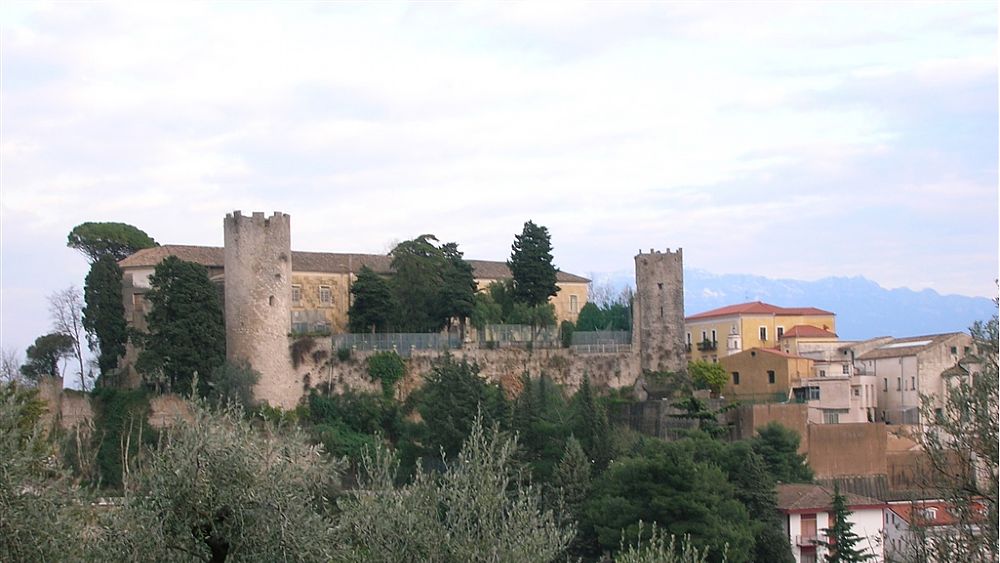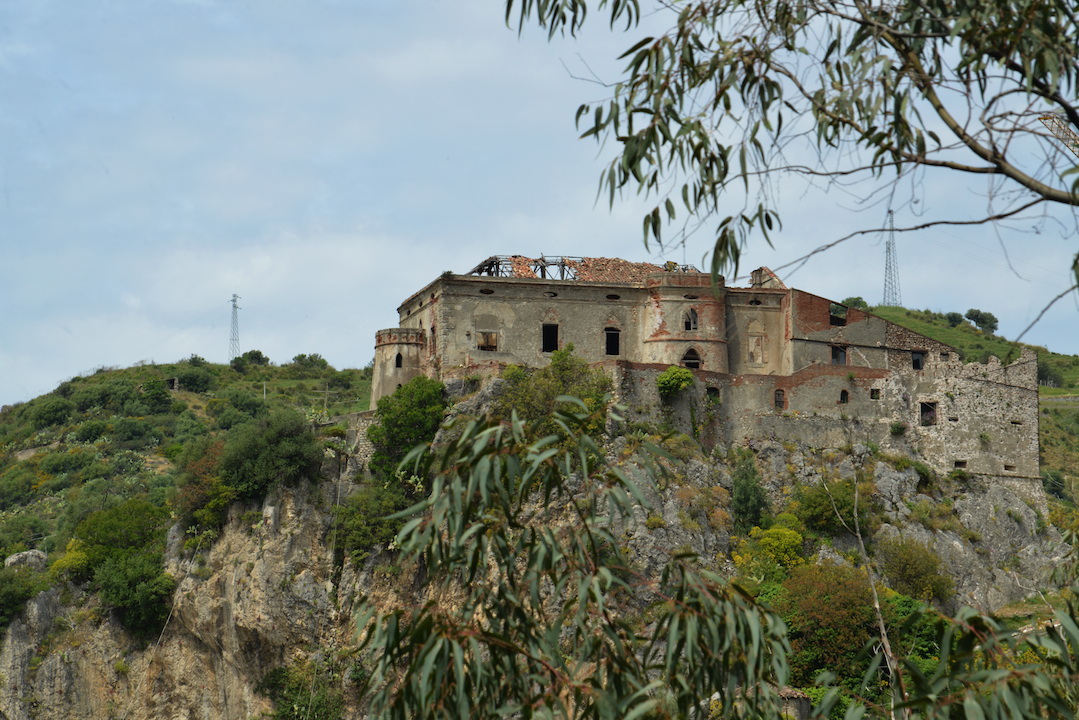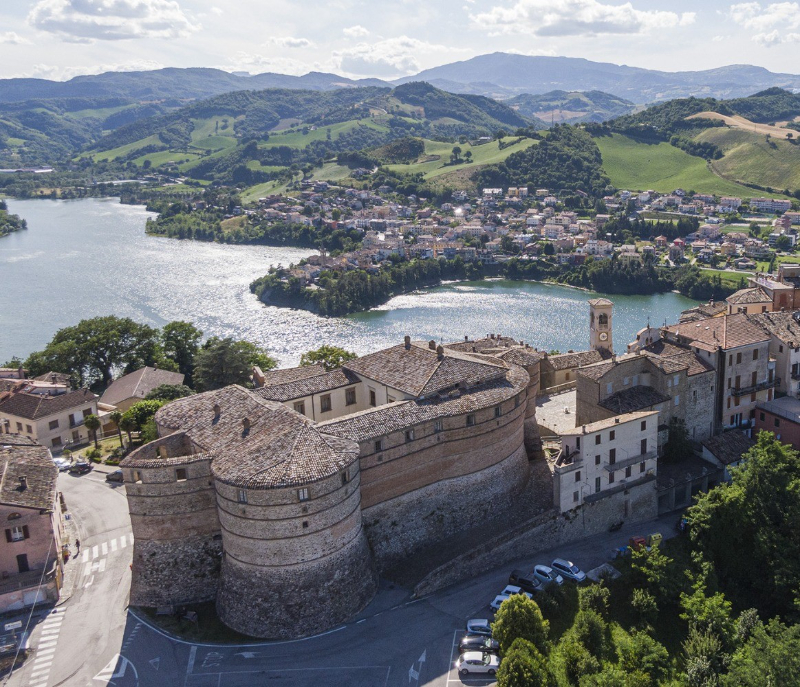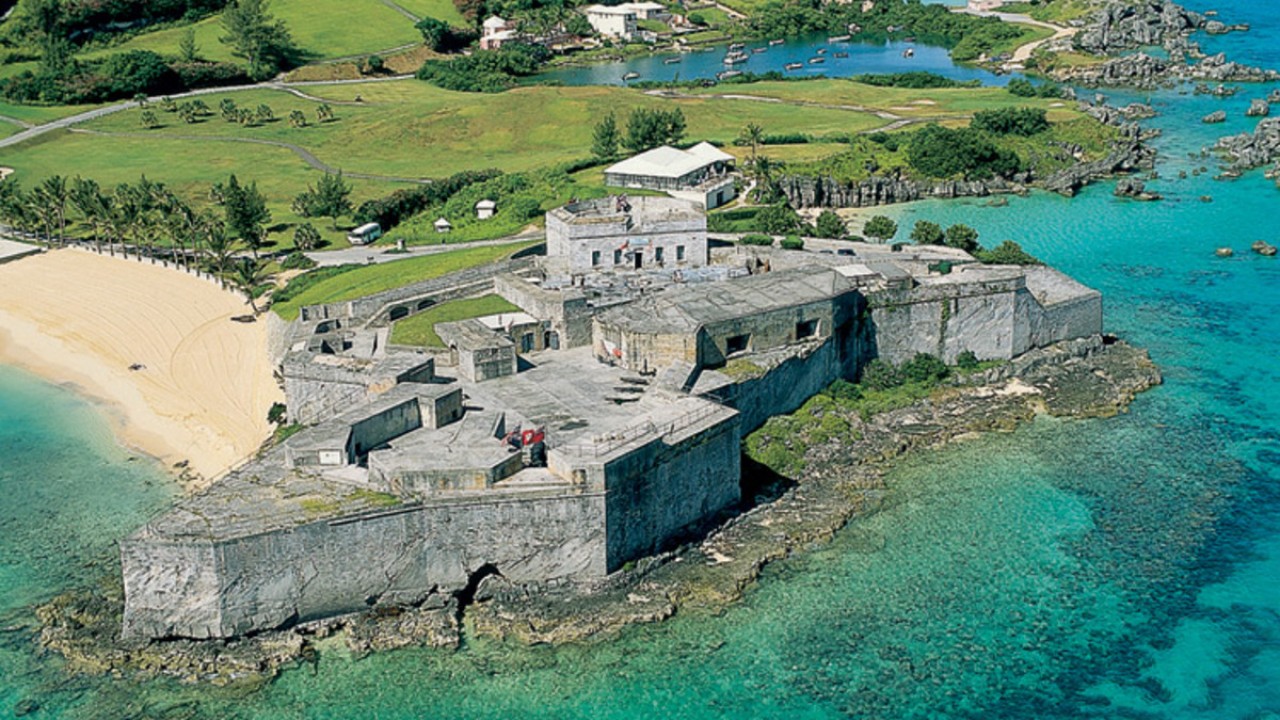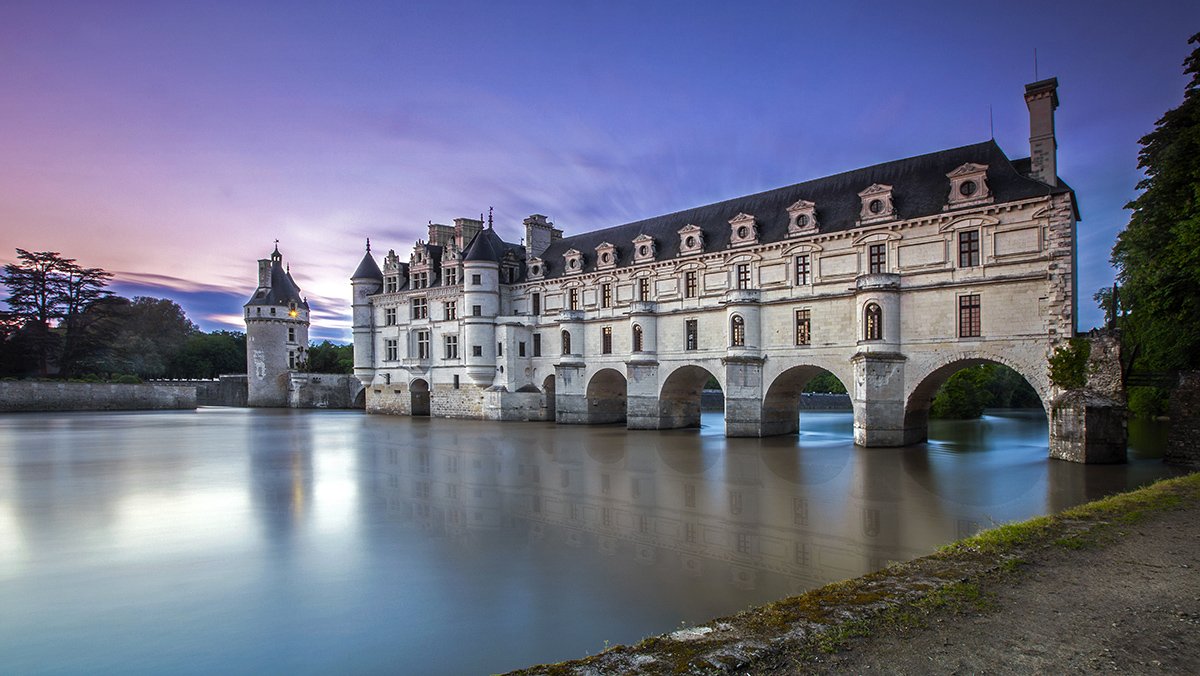<p><span style="font-size: 14pt;">Before becoming the neighborhood we know today, before turning into the headquarters of the Ilva steel mills and finding itself crushed between traffic and pollution, <strong>Cornigliano</strong> was a beautiful resort. On the slopes of the Coronata mountain, along what was called Via Aurea and followed the route of the ancient Via Aurelia, palaces and watchtowers followed one another. The buildings that can still be seen today along Via Cervetto and Via Tonale are of five – seventeenth-century origin and were built for noble Genoese families, especially the Spinola family. The decorations of these villas were commissioned from the same artists who also embellished the Palazzi dei Rolli in Strada Nuova back in the day: here then, visiting the Villas of Cornigliano, one can admire works by <strong>Ottavio Semino</strong> and <strong>Andrea Ansaldo</strong>. </span></p>
<p><span style="font-size: 14pt;"><strong>Villa Durazzo Bombrini</strong> was built starting in 1752, designed by Pierre Paul De Cotte for the Marquis of Gabiano, James Philip II Durazzo. De Cotte, a French officer who arrived in Genoa in 1747 on a vessel allied to the Republic, settled there for some time; a military engineer, he contributed to the design and the early stages of the construction of the Genoese system of fortifications, in particular between 1756 and 1758 he designed and supervised the construction of Forte Diamante, financed precisely by Giacomo Filippo II Durazzo. The professional relationship established between Marquis Durazzo and <strong>De Cotte</strong> includes the design and construction of the Cornigliano holiday residence. This building, built almost entirely from scratch, was conceived by its designer with the typical layout of French hotels (aristocratic dwellings): a central building body and 2 side wings around a vast cour d’honneur, a type of construction that, in an entirely innovative way, managed to reconcile the needs of representation and grandeur with a modern need for hospitality and intimacy. Consistent with the distinct Frenchness that characterizes it, the villa houses inside the first magnificent example of a completely cantilevered staircase built in Genoa: made of Carrara marble, the structure is airy and elegant, with great attention to detail and framed by the levità of the embroidery of the painted iron railing.</span></p>
<p><span style="font-size: 14pt;">During 1778, by the Genoese Andrea Tagliafichi, the residence saw the addition of the portico and the renovation of many rooms. Still noteworthy are the decorations of the reception halls, the wrought iron work, both fixed and movable, and the original roof and roof structure. The physiognomy of the Villa and its grounds began to change decisively during the period of Ala Ponzoni ownership: in 1856 the new Genoa-Voltri railroad was built, cutting the building’s link with the sea. In 1865 the mansion became the property of the Royal House: Victor Emmanuel II bought it as a residence for his son Odo, believing that the prince, suffering from obvious physical deformities and in very poor health, could benefit from the sea climate After the untimely death of Odo of Savoy in 1866, the villa was put up for sale again: in 1872 it was owned by Cav. Patrone and in the last years of the 19th century owned by the Bombrini Family (the last private owners of the residence). After the Bombrinis, in fact, the vicissitudes of the Villa will be inextricably linked with those of the emerging large-scale industry. In 1928 the villa passedò to’Ansaldo (a company founded among others by Carlo Bombrini), which made it the seat of its offices. Thus came’to change the original destination of the rooms, but without altering the basic characters of’architecture.</span></p>
<p><span style="font-size: 14pt;">The Villa today houses offices, the employment center and the Genoa Liguria Film Commission.</span></p>
